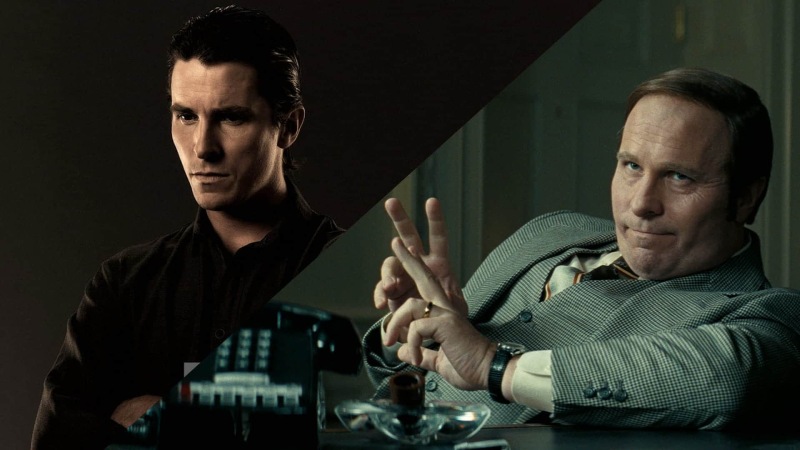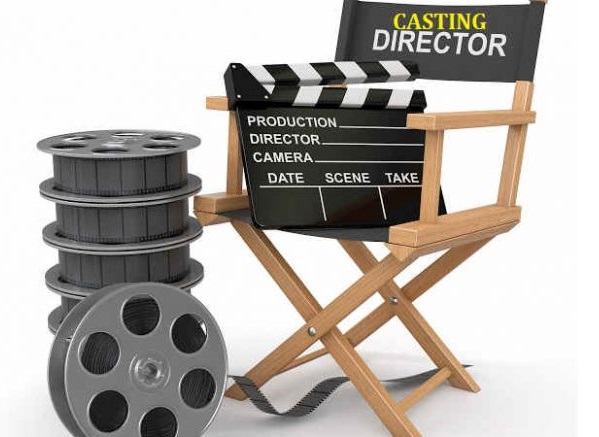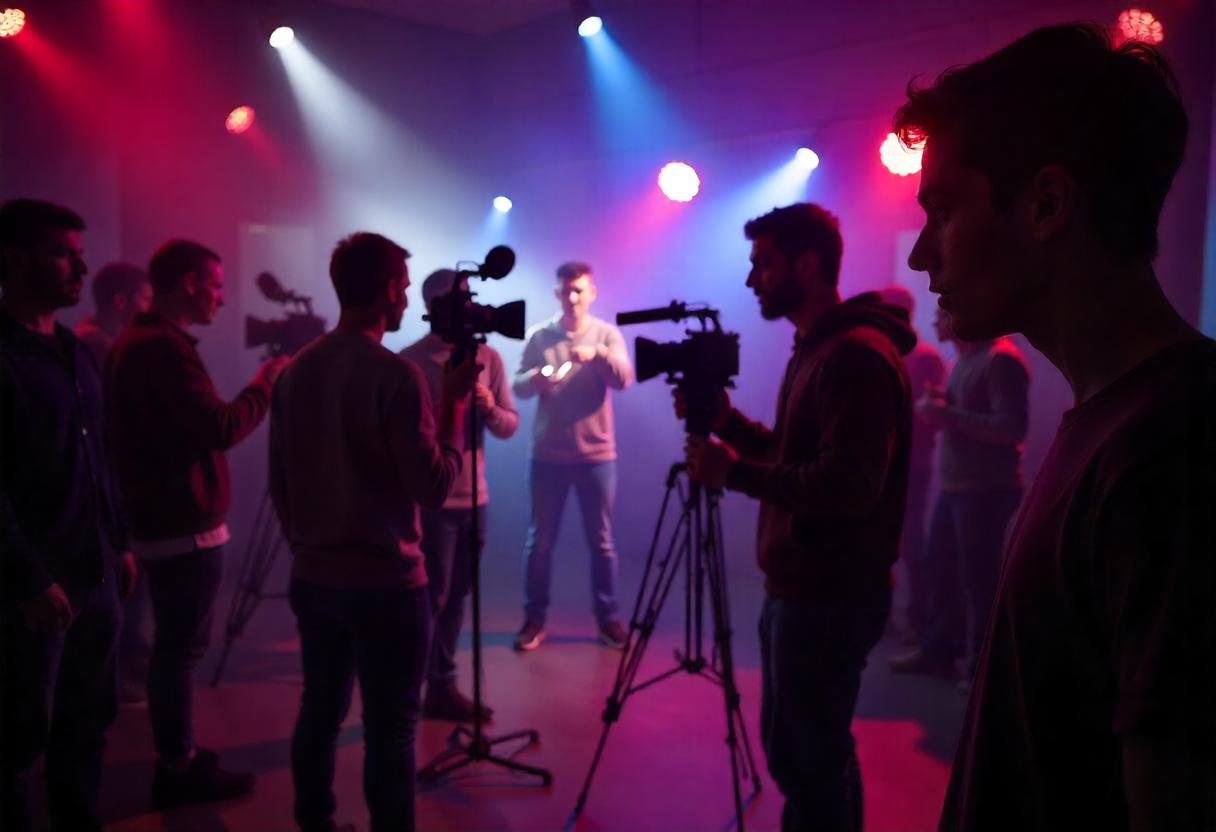Silent Acting: How to Convey Emotions Without Dialogue
“Silence has the power to convey emotions which words cannot.“ You may have heard of this line a lot, but have you wondered why it is so true?
Silence evokes the natural movements of the body, which cannot be possible through words. These body movements resonate accurately with the motions of the person.
This goes perfectly for acting. Silent acting has gained prominent popularity in recent times. As an aspiring actor, you should be aware of these silent acting techniques, as they can significantly boost your acting skills after successfully completing your acting course after 12th.
In this blog, we’ll share the spotlight on the complexities of silent acting, including its key techniques, impact, and exercises to amplify your skills to a broader level. Let’s dive into this journey!
The Impact of Silent Expression
Do you want free career counseling?
Ignite Your Ambitions- Seize the Opportunity for a Free Career Counseling Session.
- 30+ Years in Education
- 250+ Faculties
- 30K+ Alumni Network
- 10th in World Ranking
- 1000+ Celebrity
- 120+ Countries Students Enrolled
Before diving further, it’s important to understand the influence of silent expressions on both actors and audiences. While actors are deeply impacted by the benefits it brings to their careers, audiences are also influenced by its efficacies while watching the actors’ live performances.
Let’s understand its impact in a detailed manner.
On the Actor
Actors are the profound people for whom silent expressions are made. It helps bring finer details and refinements into the actor’s skills. When an actor performs on stage or during shooting, the silent expressions enact a feeling of intricacy and authenticity in their skills. By adopting and practicing such an approach, the actors also gain knowledge and skill proficiency, which may not be possible other than the best acting courses after 12th.
Book Now →
There are many studies performed to analyze this. Take Greek and Roman studies, for example. They discussed how Aeschylean actors in ancient theater used silence and stillness extensively to nurture their acting performances on stage. Likewise, there are many more examples. Actors who gain proficiency in expressing their emotions without saying a single word perform better when they perform on the vocal stage.
Read Also: Film, TV, and Theater: Understanding Different Acting Genres
Lillian Gish dubbed the “First Lady of American Cinema,” brought subtlety and grace to her performances through her profound, silent expressions. Her roles in films like “The Birth of a Nation“ and ”Broken Blossoms” have garnered her acclaim as the highest-grossing films of that era, widely remembered as the ‘silent era.’
Do you want free career counseling?
Ignite Your Ambitions- Seize the Opportunity for a Free Career Counseling Session.On the Audience
For audiences, silent acting helps them attain the character’s depth and the story plot in an immersive way after completing the best acting courses. It allows them to understand the entire story’s broader overview, developing their overall interest in the play.
Moreover, having such skills in actors fosters respect in the audience for their diverse acting abilities. Silent acting is also tougher than its counterpart, which develops a genuine interest in audiences.
There are numerous scenes in a movie, like a romantic, horror, or motivational scene, which cannot be portrayed solely from words. The audiences require a profound sense of deeper emotional communication to get into the feeling of the story.
For example, the famous scene of “Kuch Kuch Hota Hai” when Shahrukh met his childhood friend cum lover Kajol in a summer party, was immensely successful because of the profound expressions displayed by both the stars during the performance.
Techniques for Mastering Silent Expression
Charlie Chaplin, the famous comedian, gave this creative acting style a new dimension. Today, there are multiple techniques to perform it accurately and precisely that resonate with the story plot. Below are some methods you need to master to attain proficiency in displaying your expressions without words.
1. Observation and Imitation
The first step in performing silent expression is to observe people in real life. Notice how they react to different situations and the following body language. Observe their facial expressions, the subtle changes in their eyes and lips, and body postures. Then, try to imitate their actions in front of the mirror and assess the variations. Practice this as many times as you can to perfect it.
Read Also: Crafting a Career in Acting: How to Become a Successful Actor
2. Subtext and Inner Monologue
Prepare the dialogues of the scene within your mind. Whenever you portray a role in an act, speak its monologues in your mind as if you are imitating those through words. This way, you can remain focused and attentive and ensure you are in line with each bodily expression during the course of the play.
2. Physical Awareness and Control
You need to have a strong sense of physical mindfulness after completing your studies with the best acting course fees. Practice numerous body control practices like yoga, pranayama, and dance to refine your skills. This ability lets you communicate emotions and intentions in a more genuine and controlled manner with the help of gestures and diverse movements.
3. Eye Contact
Eye contact says a lot about your emotions. The way you gaze at your conversant depicts how you are feeling about them. It also denotes your interest in the person’s talk. Whenever you perform silent acting, make intense eye contact to keep the conversation going and enable the audience to watch your facial expressions.
Read Also: Mastering the Art of Acting: Vital Acting Tips for Beginners
4. Facial Expressions
While eye contact comprises 70% of the body movement, the remaining 30% depends on the remaining facial parts like lips, cheeks, chin, and nose. To perform captivating acting, you must make sure to align their movements well with your eyes. You need to follow the observation steps (check the pointer one) in your real-world acting experience.
5. Breathing Techniques
Your breathing pattern says a lot about your temperament during acting. It helps you stay present and focused on your expressions. Thus, it’s important to develop the right breathing ability, which implies neither too fast nor too slow breathing but natural breathing.
Emotional Acting Exercises
There are certain exercises you can do anywhere to make your silent expressions stronger and more expressive. These exercises are simple to practice and can offer the foundational platform to upskill your overall acting expertise. Listed below are some of these exercises:
1. Anger
Read Also: Creative Education in the Digital Age: Challenges and Opportunities
Anger is among the common emotions to imitate when acting. Practice various levels of pushups, squeeze the stress ball, or hit the boxing bag hard to allow your adrenaline to rush high. This further allows you to launch yourself as soon as the clapperboard is snapped. In addition, you can even try screaming in an empty room to throw your emotions and give yourself a pump.
2. Sadness
Make your posture slouch, make a frowny face with lips in a convex shape in the upper position, and do breathing exercises while making an ugly sound. Let your voice become ugly and portray a crying imitation. Feel yourself defeated and like the most depressed person in the world. Practice these exercises on a regular basis. They will help you depict even subtle sad emotions well and resonate with the scene.
3. Joy
Read a funny book or pursue your dearest hobby. Do whatever evokes joy within you. Physicalize your laughter loudly until it becomes belly pain. Practice meditation while visualizing your dream becoming a reality. Feel the moment. This is equally blissful as you perform. Such exercises will help your joyful emotions evoke naturally whenever the scene demands.
Read Also: How to Finance Your Cinema Education: Tips and Resources
Closing Thoughts
Silent acting is the evergreen trend in the film industry. From the silent era of the 1920s to the technological-evolved era of the 2020s, the century saw a massive transition in the film industry. However, one thing that remained constant was the impact of silent acting.
To attain proficiency in this vintage acting skill, you require the blend of techniques and exercises (mentioned in this blog), as well as the right acting course after 12th. By performing these actions, you will be well on the verge of one step closer towards making a successful career in the field of acting.
If you would like more information or to enrol in any of our acting courses with genuine acting course fees, feel free to contact our expert AAFT team. We would be glad to assist you.

AAFT has been providing the world with limitless creativity and expression since 1993! Through a dynamic and industry-driven curriculum, AAFT provides engaging and captivating articles to persuasive blogs and empowers its readers to explore diverse avenues of creative media education-related content.






